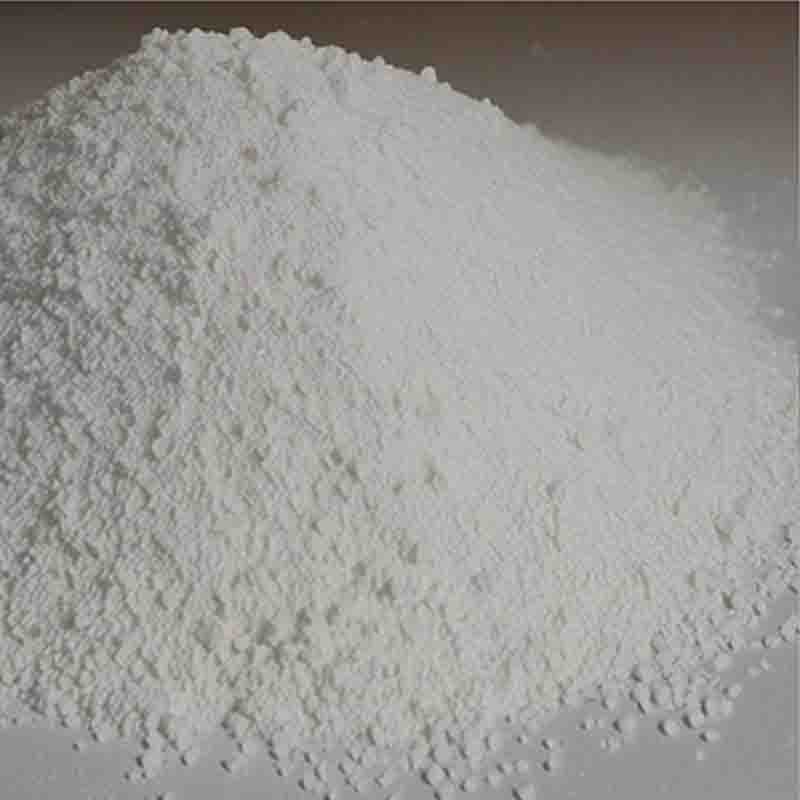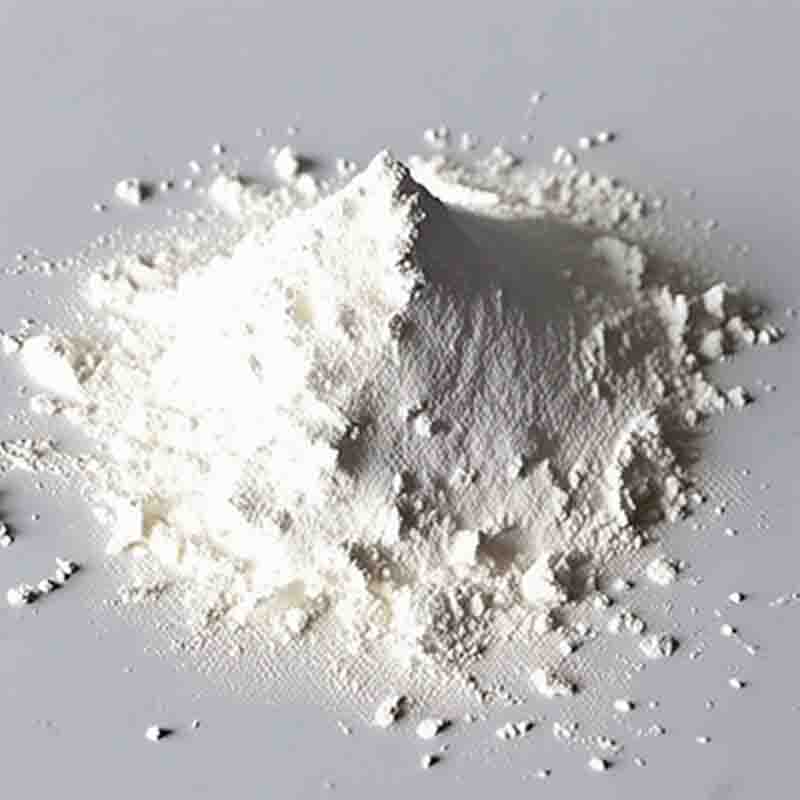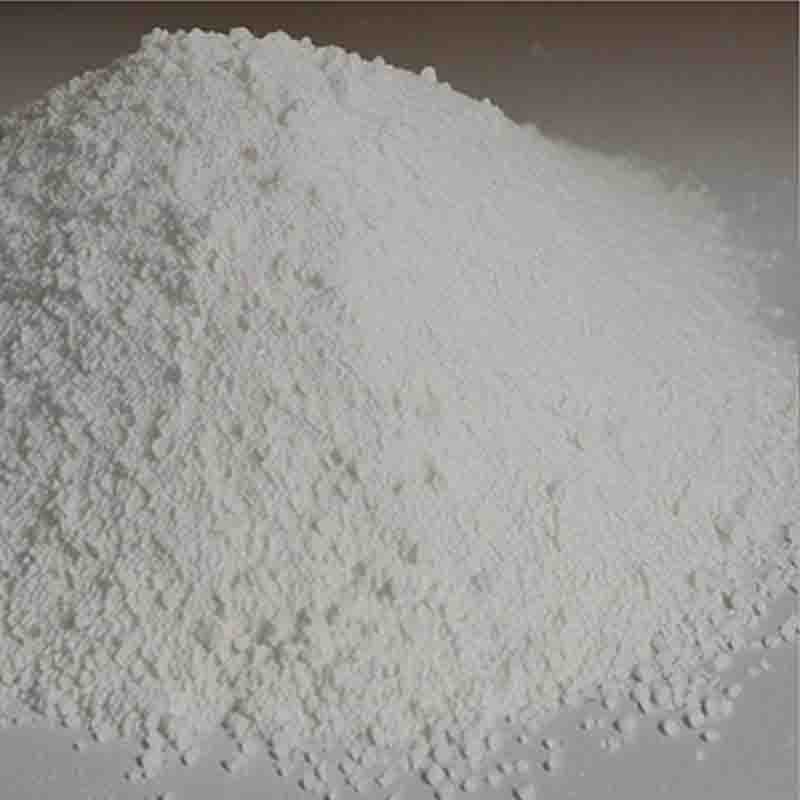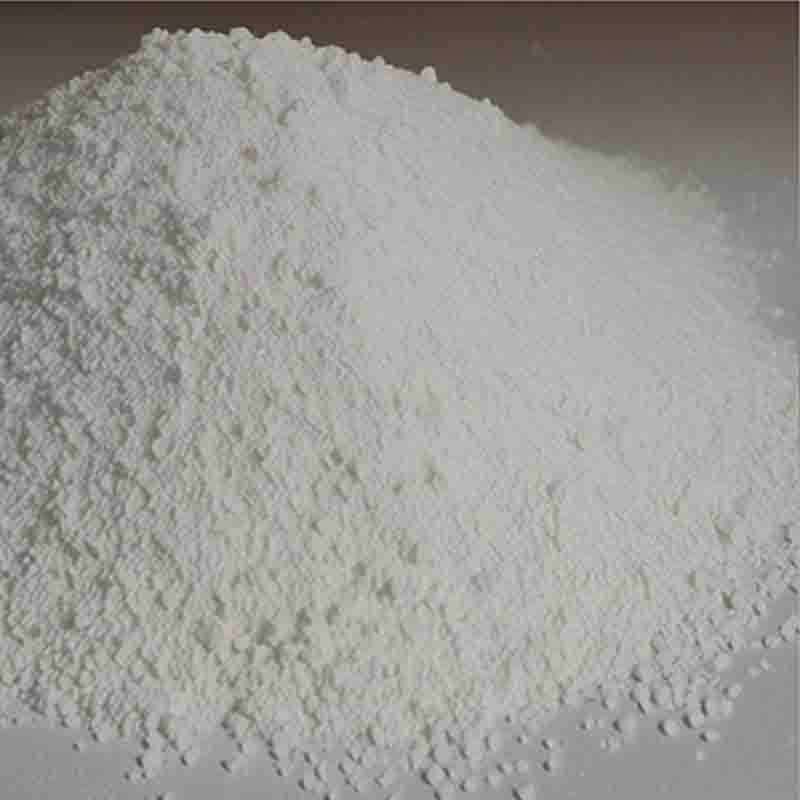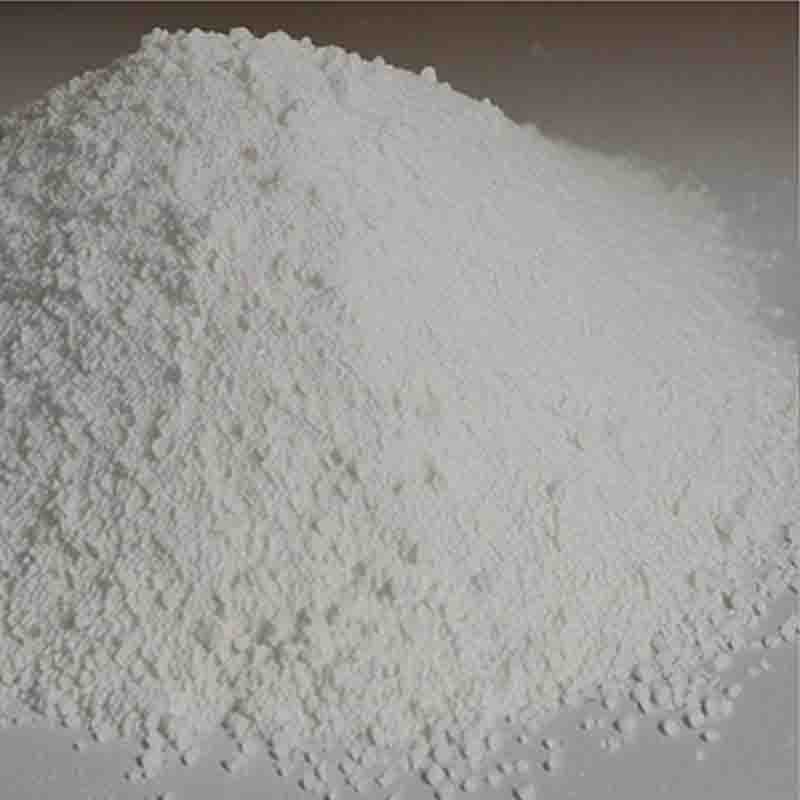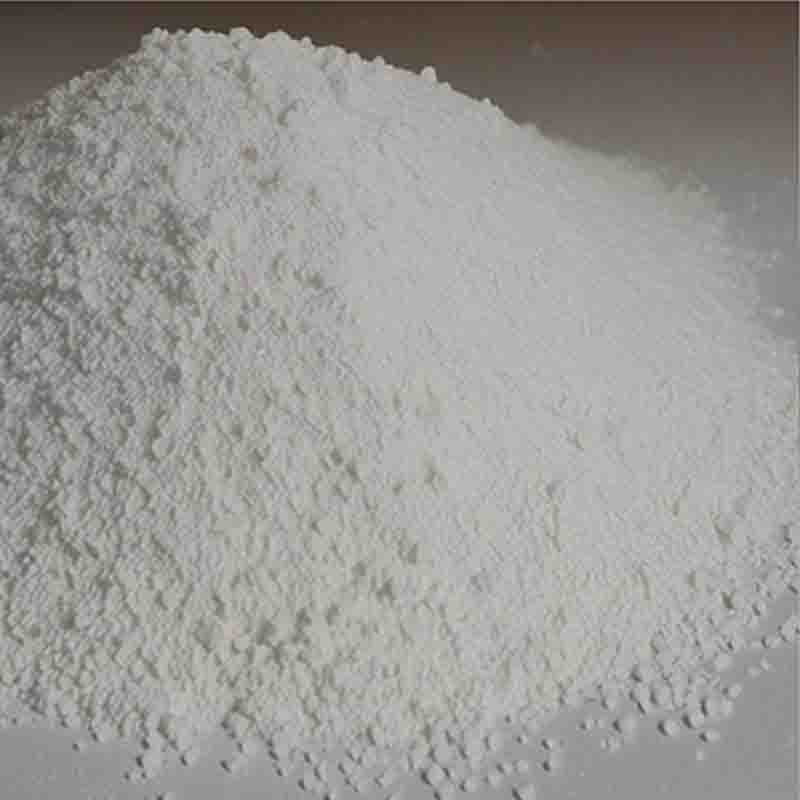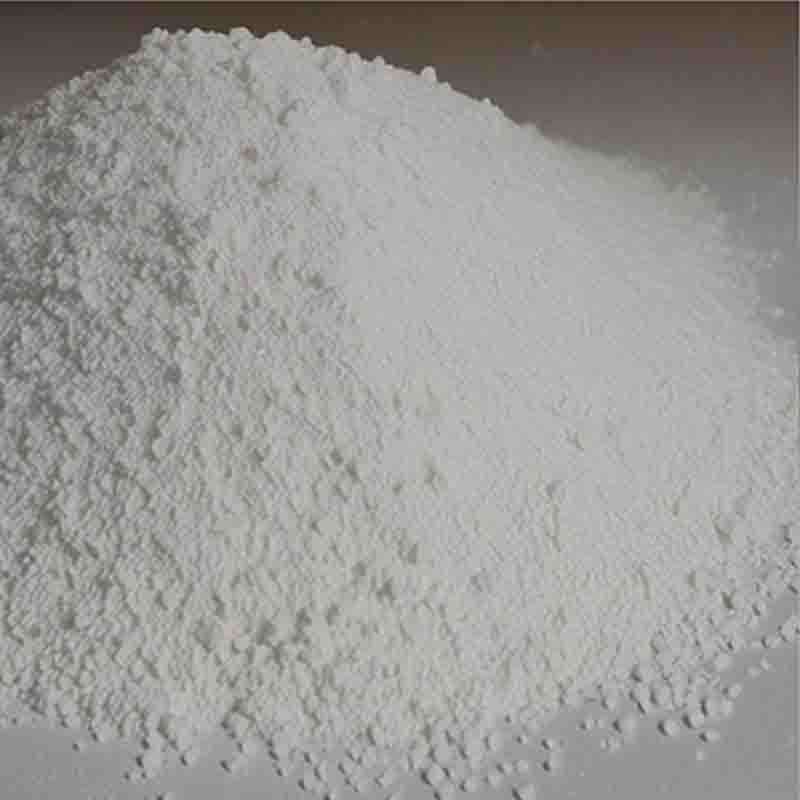p-t-Octylphenol CAS:140-66-9
| Catalog Number | XD95877 |
| Product Name | p-t-Octylphenol |
| CAS | 140-66-9 |
| Molecular Formula | C14H22O |
| Molecular Weight | 206.32 |
| Storage Details | Ambient |
Product Specification
| Appearance | White powder |
| Assay | 99% min |
p-t-Octylphenol is a chemical compound that belongs to the family of alkylphenols. It is commonly used as a precursor in the production of various industrial chemicals, including antioxidants, rubber additives, and surfactants. However, it has been found to have potentially harmful effects on the environment and human health. Here are some key points about the effects of p-t-Octylphenol:Environmental Impact: p-t-Octylphenol is considered a persistent organic pollutant (POP) and has been detected in various environmental compartments such as water, sediments, and organisms. Its persistence in the environment stems from its resistance to degradation processes. Once released into the environment, it can bioaccumulate in organisms, leading to potential adverse effects on aquatic ecosystems.Endocrine Disrupting Properties: p-t-Octylphenol is classified as an endocrine disruptor, meaning that it can interfere with the normal functioning of the endocrine system in both humans and wildlife. It has been observed to mimic the action of estrogen, a hormone responsible for regulating various physiological processes. By binding to estrogen receptors, p-t-Octylphenol can disrupt hormonal balance and potentially lead to reproductive abnormalities and developmental issues.Toxicity to Aquatic Organisms: Studies have shown that p-t-Octylphenol can be highly toxic to aquatic organisms such as fish, invertebrates, and algae. It can impair their growth, reproduction, and survival. The toxicity of p-t-Octylphenol is attributed to its ability to disrupt the functioning of the cell membranes, enzymes, and hormone signaling pathways in these organisms.Human Exposure: Human exposure to p-t-Octylphenol can occur through various routes, including ingestion, inhalation, and dermal contact. Industries that handle or produce products containing p-t-Octylphenol may expose workers to higher levels of the compound. Additionally, it can be present in food and drinking water through contamination from sources such as industrial waste and agricultural runoff.Potential Health Effects: While further research is needed, studies suggest that p-t-Octylphenol may have detrimental health effects on humans. Exposure to this compound has been linked to reproductive disorders, including decreased fertility and altered hormone levels. Some evidence even suggests a potential association between p-t-Octylphenol exposure and certain cancers, although more research is needed to establish conclusive links.In conclusion, p-t-Octylphenol is a compound with potential harmful effects on the environment and human health. Its persistence, endocrine disrupting properties, and toxicity to aquatic organisms underscore the importance of minimizing its release into the environment. Regulatory measures and awareness of its potential hazards are crucial for ensuring its safe handling and proper disposal to minimize its impact on ecosystems and human well-being.


